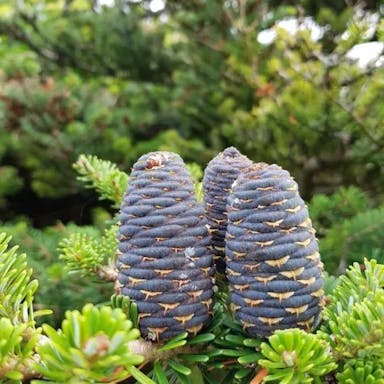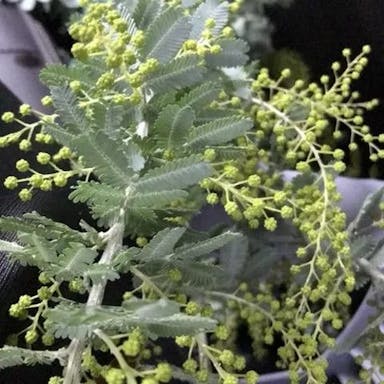Willow myrtle benefits from regular pruning to maintain its shape, promote new growth, and improve overall health. Pruning is best done in late winter or early spring before new growth appears. Remove dead, damaged, or crossing branches to encourage better air circulation and prevent disease. Avoid heavy pruning, as it can stress the plant. After pruning, water the plant thoroughly and apply a balanced fertilizer to support recovery and new growth. Regular pruning will help Willow myrtle thrive and remain an attractive addition to your garden.
0
0











